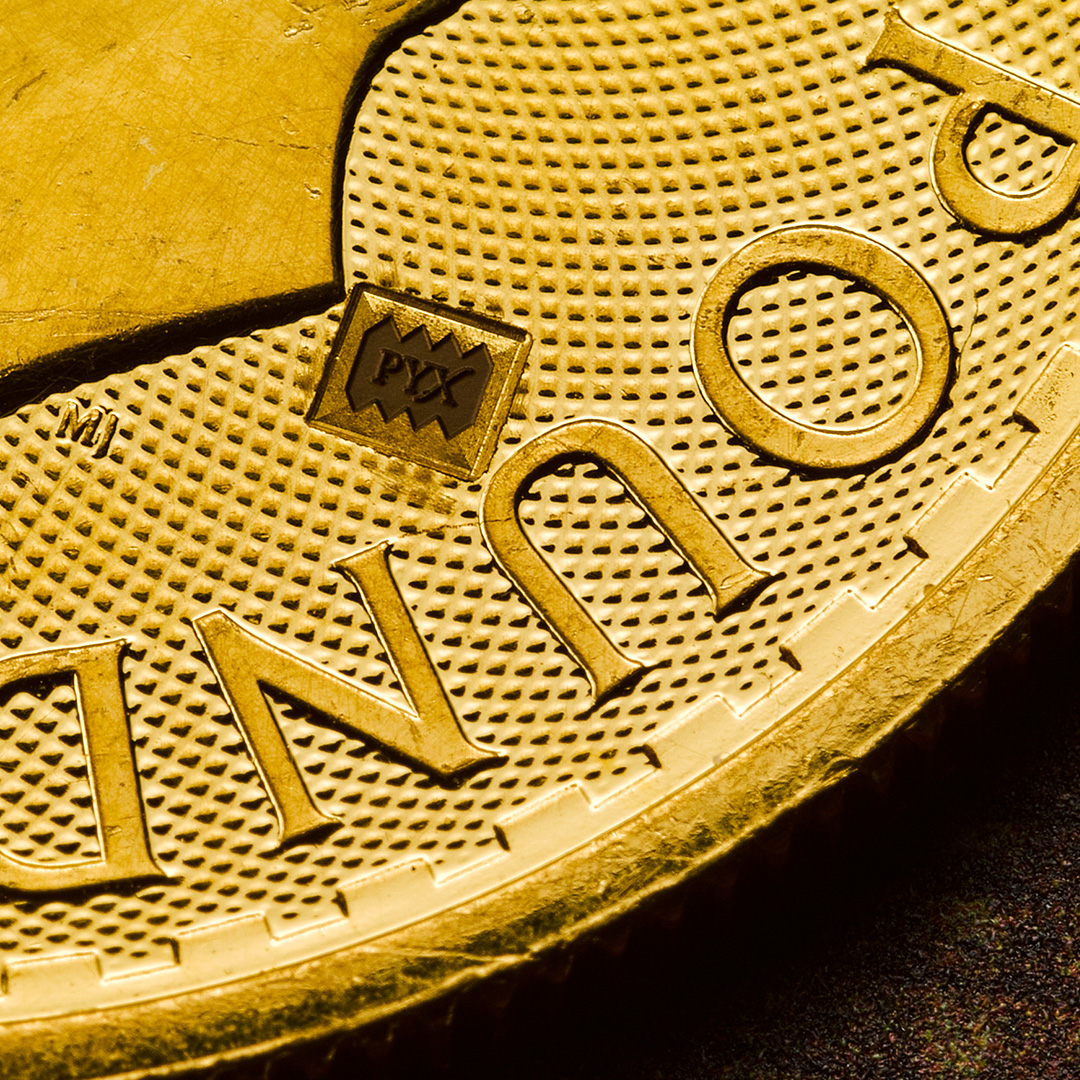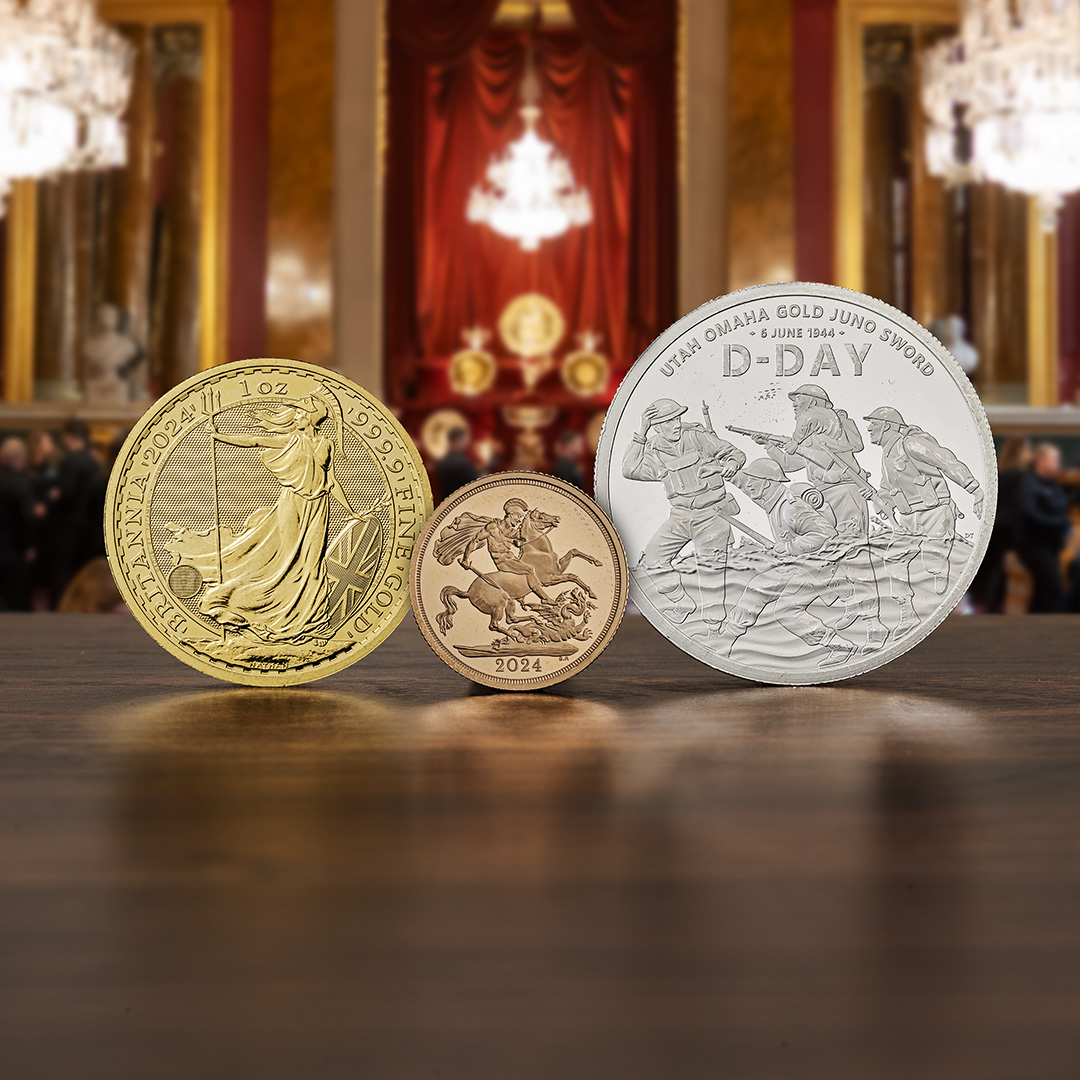29 September 2025
|
The Trial of the Pyx, established more than 700 years ago, is one of the oldest judicial procedures still in existence and remains central to The Royal Mint’s work.
In the twelfth and thirteenth centuries, concerns grew over the quality of coins in circulation. To address this, Edward I issued a writ in the late thirteenth century mandating a trial to test the realm’s coinage for weight and fineness.
Using trial plates to check precious-metal content, the process ensures coins meet the correct standards. Overseen by a formal jury, the Trial of the Pyx is both a legal procedure and a tradition that underpins The Royal Mint’s reputation for accuracy and quality.

Since 1871, the trial has taken place at Goldsmiths’ Hall in London, under the supervision of the Worshipful Company of Goldsmiths and the King’s Remembrancer of the Royal Courts of Justice. The grand setting, with its wood panelling, marble staircases and public gallery, reflects the ceremony’s prestige.
During proceedings, the King’s Remembrancer sits at the head of a long table with the jurors, while employees from The Royal Mint distribute packets of 50 coins each. These packets travel from The Royal Mint in Llantrisant in wooden boxes known as pyx—from the Latin pyxis meaning box. Originally stored in the Chamber of the Pyx at Westminster Abbey, the boxes now go directly to Goldsmiths’ Hall.

Each juror opens their packets, placing one coin into a copper bowl for testing and the remainder into a wooden bowl for counting. The Worshipful Company of Goldsmiths assays the selected coins over a two-month period. This involves ‘destructive testing’ to confirm their metallic composition. Once assayed, the coins are melted down and reused by The Royal Mint.
The counted coins sometimes show fingerprints or marks from handling, and a limited number of these are later offered to collectors. Their imperfections only enhance their appeal, as they provide a tangible connection to centuries of numismatic tradition.

The number of coins examined at the Trial of the Pyx depends on annual production levels. Both circulating and non-circulating coins are tested, including commemorative and bullion issues. For every 20,000 cupro-nickel coins, every 15,000 silver coins, every 15,000 cupro-nickel and nickel-brass bimetallic coins, and for every 10,000 gold coins produced, one sample coin is pulled for testing. The selected coins are sealed into packets of 50 and placed in pyx boxes, ready for the next year’s trial in London.
Through this centuries-old ceremony, The Royal Mint continues to uphold standards of precision and trust in Britain’s coinage. The Trial of the Pyx is not only a legal safeguard but also a living tradition that links modern coin production with its historic past.







